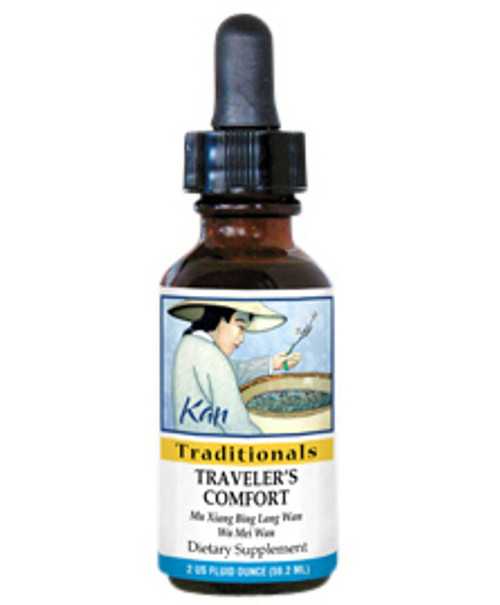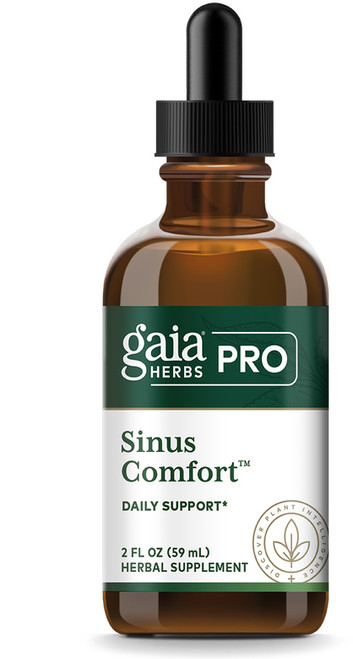
Product Description
Traveler's Comfort, 8 oz
| Unit Size | 8 |
| Potency | 7:1 |
| Contraindications | Contraindicated during pregnancy. |
| Chinese Symptomology | Qi stagnation, parasites |
| Western Symptomology | Abdominal pain and distension, vomiting, nausea, acid regurgitation, belching, flatulence, lack of appetite, loose stools, dysentery, cramping or spasm in the intestines; fatigue, insomnia; edema, feeling of fullness; hypochondriac pain, epigastric pain, flank pain |
| Actions | Promotes movement of Qi, guides out stagnation, purges accumulations, drains Heat, anti-parasitic, can be used preventatively |
| Pattern | Liver Qi stagnation, Liver overacting on Stomach and Spleen, Damp Heat in Lower Burner, food stagnation, pain and accumulation |
| Tongue | Normal or red body, white or yellow coat, may be cracks in the center of the body of the tongue |
| Pulse | Pulse is varied due to the underlying constitution of the person |
| Chinese name | Mu Xiang Bing Lang and Wu Mei Wan |
| English name | Traveler's Comfort, 8 oz |
Description
Traveler's Comfort moves Qi, reduces food stagnation and accumulations, relieves pain, treats dysentery and diarrhea, and removes and prevents parasitic activity. As the name implies, Traveler's Comfort is a wonderful prescription to protect and comfort the digestive system when exposed to unfamiliar, or impure food and water. The aim of the formula is to prevent food stagnation and, by extension, Damp Heat accumulation, which can lead to dysenteric disorders, fostering the perfect environment for parasitic invasion. Because of the broad Spleen and Stomach support that this formula offers, it can be taken as a preventative for an extended period of time while traveling. It is also effective in treating parasites once an infestation has occurred. (Kan Herb Company)
Ingredients
Mu xiang (Vladimiria root); Shan zha tan (Roasted Chinese hawthorn fruit); Huang bai (Phellodendron bark); Bai shao (white peony root); Chuan lian zi (Melia fruit); Fu ling (Poria); Fei zi (Torreya seed); Shi jun zi (Quisqualis fruit); Chao xiang fu (Cyperus rhizome (dry fried) ); Chuan huang lian (Coptis rhizome); Wu mei (Mume fruit); Chi shi zhi (Halloysite); Bai tou weng (Chinese pulsatilla root); Qing pi (Tangerine dried rind of green fruit); Da suan (Garlic bulb extract (concentrate) ); Dang shen (Codonopsis root); Bai zhu (White atractylodes rhizome); Gan jiang (Dried ginger rhizome); Zhi shi (Bitter orange immature fruit); Zhi gan cao; ding xiang (Chinese licorice root (honey fried); Clove flower)











